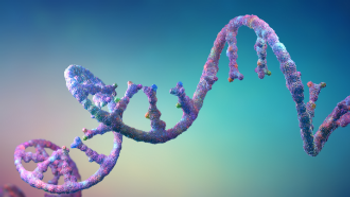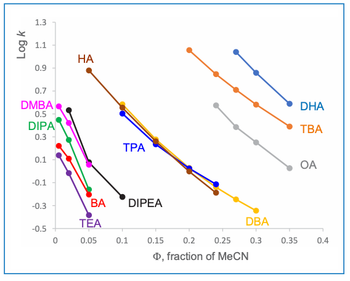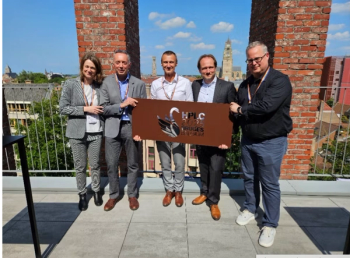
New Method for Evaluating Mycotoxins in Human Tissues
Scientists from Murcia, Spain recently created a new method for mycotoxin screening in human tissues using dispersive liquid–liquid microextraction and liquid chromatography–mass spectrometry.
Scientists from Murcia, Spain recently created a new method for mycotoxin screening in human tissues using dispersive liquid–liquid microextraction and liquid chromatography–mass spectrometry. Their findings were published in Analytical and Bioanalytical Chemistry (1).
Mycotoxins are naturally occurring toxins produced by different types of fungi and can be found in foodstuffs like cereals, nuts, and dried fruits (2). These toxins can pose various health risks, from acute poisoning to immune deficiency and cancer. For this experiment, the scientists studied how emerging mycotoxins were distributed in the human body. Specifically, they monitored the presence of enniatins and beauvericin in brain, lung, kidney, fat, liver, and heart samples. For these matrices, the scientists created a methodology based on solid-liquid extraction (SLE) and dispersive liquid-liquid microextraction (DLLME). Mycotoxin isolation was performed using SLE, which was crafted by adding ultrapure water, acetonitrile, and sodium chloride to tissue samples; meanwhile, DLLME was performed with chloroform as an extraction solvent. Afterwards, analysis was carried out via high-performance liquid chromatography coupled to tandem mass spectrometry (HPLC–MS/MS).
Enniatins and beauvericin are specific mycotoxins produced by fungi belonging to the Fusarium spp., and commonly found from fungal growth in moist grains and cereals. They pose health risks to humans and animals when ingested, and exhibit cytotoxic and neurotoxic effects.
According to the scientists, this method allows for limits of quantification (LOQs) within the range of 0.001–0.150 ng/g-1, though this depended on the types of tissue and mycotoxins involved. As for precision, it was investigated intraday and interday, while not exceeding a relative standard deviation (RSD) of 9.8%. Trueness studies were able to reach 75–115% at a mycotoxin concentration of 25 ng/g-1, and from 82–118% at 5 ng/g-1. This methodology was applied to 26 forensic autopsies, demonstrating in the process how emerging mycotoxins bioaccumulate in the human body, since they were all detected in tissues. Lung tissue had high incidences for all emerging mycotoxins, while a good majority of enniatins were not quantifiable in heart samples. In addition to these studies, the scientists investigated mycotoxin co-occurrence and evaluated how mycotoxins can be distributed in the human body.
References
(1) Castell, A.; Arroyo-Manzanares, N.; Palma-Manrique, R.; Campillo, N.; Torres, C.; Fennoll, J.; Viñas, P. Evaluation of Distribution of Emerging Mycotoxins in Human Tissues: Applications of Dispersive Liquid–Liquid Microextraction and Liquid Chromatography-Mass Spectrometry. Anal. Bioanal. Chem. 2024, 416, 449–459. DOI:
(2) Mycotoxins. World Health Organization 2023.
Newsletter
Join the global community of analytical scientists who trust LCGC for insights on the latest techniques, trends, and expert solutions in chromatography.




